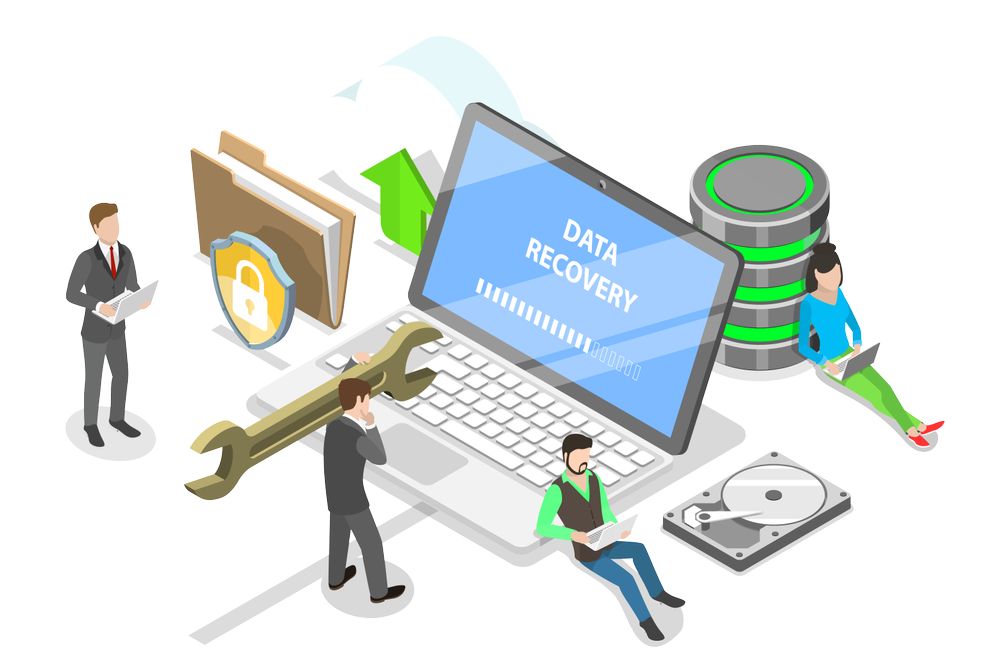Subheading: Introduction
In the modern workplace, managing paperwork can feel like an endless battle. From invoices to reports, memos to contracts, the sheer volume of documents can quickly overwhelm even the most organized among us. However, with the right strategies in place, you can streamline your workspace and conquer the paper clutter once and for all. In this article, we’ll explore some practical office paperwork organization tips to help you regain control of your workspace and boost productivity.
Subheading: Declutter Your Desk
The first step in office paperwork organization is to declutter your desk. Start by sorting through your piles of paper and separating them into categories such as “to-do,” “file,” and “discard.” Be ruthless in your decluttering efforts – if you haven’t used or looked at a document in the past six months, chances are you don’t need it cluttering up your workspace.
Subheading: Create a Filing System
Once you’ve decluttered your desk, it’s time to create a filing system for the documents you’ve decided to keep. Invest in a filing cabinet or file box and label folders according to the categories you established during the decluttering process. Make sure to file documents as soon as you receive them to prevent them from piling up on your desk.
Subheading: Go Digital
In today’s digital age, there’s no need to keep every document in physical form. Consider scanning important documents and storing them electronically to save space and reduce clutter. Cloud storage services like Google Drive or Dropbox make it easy to access your documents from anywhere, anytime, and can provide an extra layer of security against loss or damage.
Subheading: Set Up a Paper Processing System
To prevent paperwork from piling up in the future, establish a paper processing system that works for you. Designate specific times during the day to deal with incoming mail and documents, and stick to your schedule religiously. Invest in a paper tray or inbox to corral incoming paperwork and process it systematically.
Subheading: Establish Clear Procedures
In addition to setting up a paper processing system, it’s important to establish clear procedures for how paperwork should be handled in your office. Create guidelines for how documents should be labeled, filed, and shared, and communicate these procedures to your team to ensure consistency and efficiency.
Subheading: Invest in Office Organization Tools
There are a variety of office organization tools available to help streamline your workspace and keep paperwork in check. Consider investing in desktop organizers, file holders, and label makers to keep your desk neat and tidy. Drawer organizers and shelving units can also help maximize storage space and minimize clutter.
Subheading: Regularly Review and Purge
Finally, make it a habit to regularly review and purge your files to keep your filing system lean and efficient. Set aside time once a month or quarter to go through your files and weed out any documents that are no longer needed. Not only will this help prevent clutter from accumulating, but it will also make it easier to find the documents you do need when you need them.
By following these office paperwork organization tips, you can streamline your workspace, reduce clutter, and boost productivity. With a little effort and consistency, you can conquer the paper tiger and create a more organized and efficient work environment for yourself and your team. Read more about office organization ideas for paperwork











